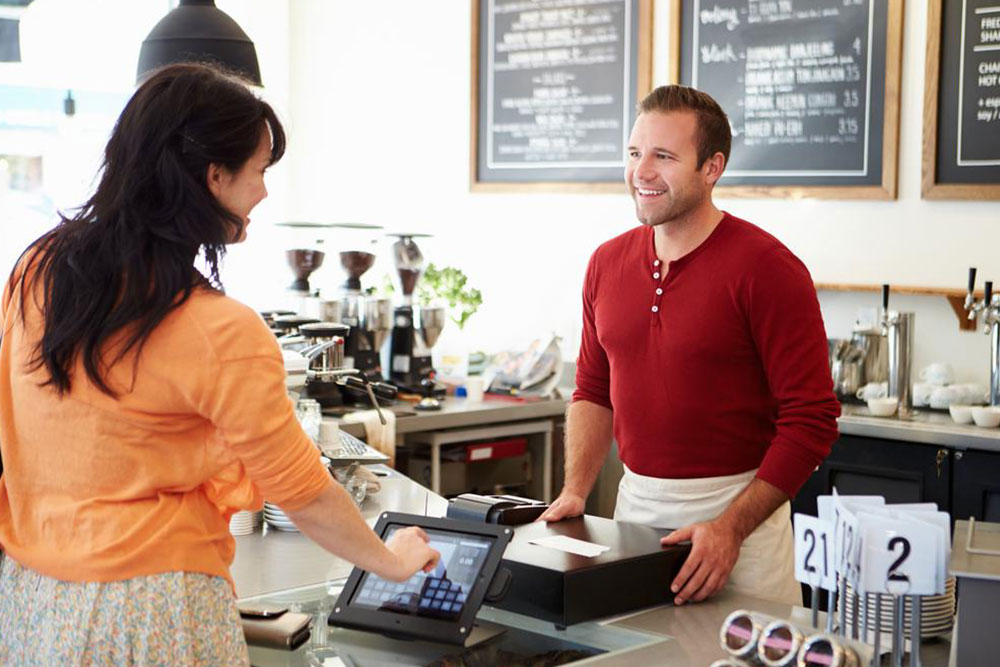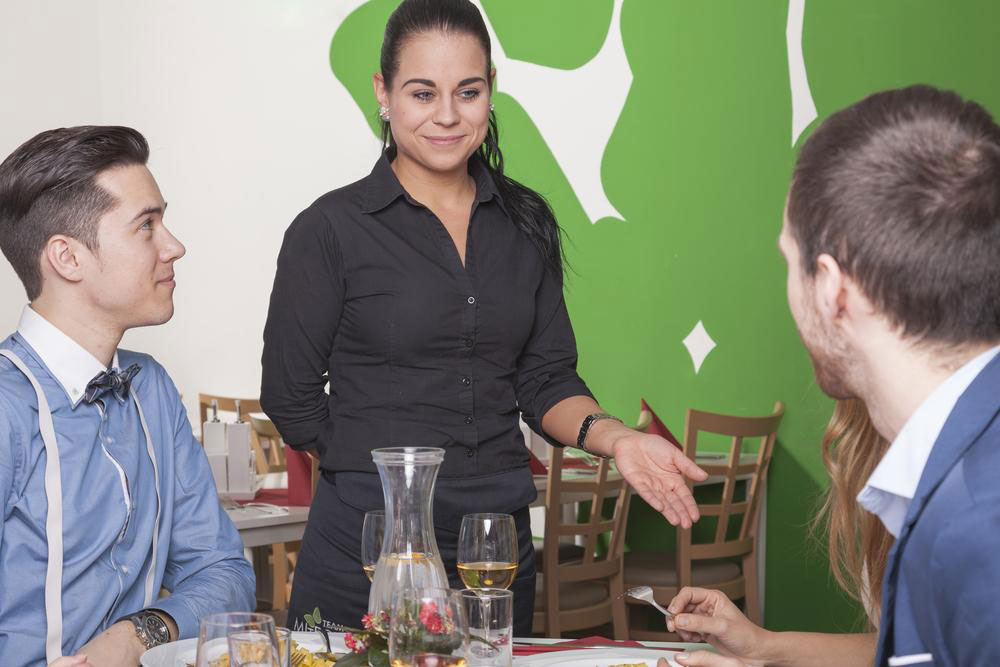Varieties of Food Service Styles in Hospitality Industry
Discover the various food service styles in the hospitality industry, including waiter-led, self-service, and assisted options. Learn about formal and informal methods, their advantages, and when they are typically used to enhance guest experience.
Sponsored

Understanding Different Food Service Styles
The hospitality sector's success heavily relies on the quality of service offered. Food service involves preparing, presenting, and serving food to guests, with options varying based on the establishment's type. These services are broadly classified into three main categories: waiter-led, self-service, and assisted service. Continue reading to explore these categories and their specific service types.
Waiter-Driven Service
In this model, trained staff serve food directly to guests at their chosen location, whether in restaurants, private events, or corporate gatherings.
The main types of waiter services include:
Silver Service Known as formal English service, this style involves presenting food from the left side using a service spoon and fork, with beverages served from the right. It offers personalized attention and minimal plate wastage but requires more staff, increasing costs.
American Service Also called plated service, this quick method involves pre-portioned dishes served from the right side, ideal for banquet settings. It's simpler but less personalized, with a higher chance of plate wastage.
Gueridon Service Referred to as cart or trolley service, this involves dishes being cooked, dressed, or flambéed near guests, often in fine dining. It showcases culinary skills but is slower with lower seat turnover and potential odor issues.
Tray Service Food is organized on trays and delivered to guests' rooms, flights, or institutions. It’s efficient but limits service display and might not accommodate many items.
Russian Service An elaborate style where elaborately garnished dishes are arranged on platters; less common today.
Self-Service Common in cafeterias, this approach allows guests to pick food from counters and pay at the end. Menus are often displayed beforehand. Buffet service falls under this category as well.
Assisted ServiceCombines table service with self-service elements and includes:
Single Point Service Typically found in takeaways or vending, where essentials are served at a single point.
Counter Service Guests pick up trays from near the counter and then order or collect food.
Lounge Service Offers services like coffee or snacks in hotels or upscale cafes, requiring high standards.
Room Service Food delivered directly to guests' rooms, mainly used in hotels for convenience.
Besides these, other innovative methods include takeaway, mobile kitchens, conveyor belts, and robotic delivery, tailored to specific hospitality standards and guest preferences.





